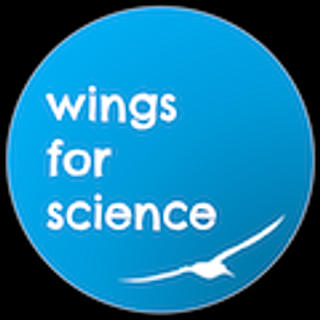Mission in Surinam : Coastal erosion, Dolphins and Sloths
- Wings for Science Des Ailes pour la Science
- May 3, 2017
- 4 min read

We left Yohan from the Reserve de l'AMANA, in the north of French Guyana, on track to Surinam. It has been quite a challenge to get the permit to leave from Saint Laurent du Maroni. We say goodby to the virgin forest covered boat wreck that landmarks Saint Laurent, and here we are, following a muddy coastline we photograph in a systematical way.
From French Guyana, Surinam keeps on the green colors. Forestal coverage is immense. The coast seems to be shifting shapes at a very fast pace: on top of the now conventional ins and out of the mangroves movement on the constantly drifting mudflats, we spot signs of a huge erosion process: here is a lonely house in the middle of the sea, 100m from the shore. and there, the remains of a dike are protruding the waters, at a good 250m from the actuel shoreline. Abandoned plantations are now under the left wing. The soft grid patterns in the now exuberant forest seem to extends very far in the distance. In the middle of Paramaribo is the short runway of Zorg en Hoop.
Monique is there to welcome us ! She asked for those 2700 georeferenced pictures we've juste made of the Surinamese coastline (Yes, our fingers hurt !).
On the road that leads to her place, we drive through a charming colonial city, huge stony buildings, and wooden storey houses of all kind. Monique is for now touring us around but we are soon to the fact. As the leader of the non-profit organisation Green Heritage Fund Suriname, an organization she developed from scratch, monique has vowed her life to the protection of the unique surinamese biodiversity. She started in a very simple way, collecting animals in distress all around the borders of growing capital city, and taking these for healthcare to her home before getting them back into the wild.
Today, she's at a tilting point. Her house, a nice a big wooden structure of the old time, is home to a dozen sloth on the way to recovery, an office, an animal healthcare structure, and more. Well. indeed it is not really a house any more, and we understand that Monique and the hord of volunteers from Green Heritage Fund are moving soon to more appropriate quarters: a real animal hospital, whose construction is just finished. People from all over the city come every day to bring here the lost and injured animals that venture from the jungle to the streets. And soon we are feeding ant-eaters and baby sloths ! The contact with these animals is extremely strange: they really have human-like manners, use their hands as we would, and give you gentle and interrogative looks. The small recently rescued ant-eater turns me crazy. it is hanging upside down, using a 25cm long sticky tongue to check everything in the way, just in case, you know, there could be ants around for it to eat. And now it is drinking ! But not the way you would do: the mouth...how to say...does not open. it is so small: it seems there is only space for the tongue to go through. so does the tong to get in the water and back in the mouth !
Beyond her role of rescuer of animals in danger, Monique also publishes studies to alert public opinion and public authorities so that action is taken in favor of the environment. Our geotagged photos along the coast will be then used to monitor nesting sites of the turtles which significantly change due to erosion, and to frame the pit operating projects planned on the benches sand. To complete this study, we will continue this photographic work when we leave Monique to reach Guyana, along the north coast.
Another mission awaits us, but to fully understand the issues, we first go to a boat ! The water around us is very opaque and brown, because of sediment carried by the current from the Amazon, which carves so deeply this coast that we have flown. We are all very careful to find what we seek .... That's it, that's a one! A Guiana dolphin!
At the end of the day, the mission is well understood: we have to find from the air the small dolphins from Guyana, that are so difficult to distinguish from the boat. The reason ? Understanding and measuring the evolution of this population of South American dolphins and their migration routes, to ensure that oil drilling projects will not affect them.
Let's go ! Monique in her boat and we in the ULM, all connected by marine radio, we divide the area to increase our chances of finding. But after a few days of work we must go to the obvious conclusion : from the sky, dolphins do not differ from muddy water more than from the boat ... only the birds are still in the game.
Report form the mixed microlight-boat survey : a dozen dolphins in a few days, that we lose sight of as they plunge. The method is not good, sadly.
Before departing to conclude this mission, Monique has a surprise for us : she offers us a sloth bear! We adopt it right away, and are happy to present you from our new mascot !
Overview & Photography from the coast of Suriname, carved by sediment from the Amazon:







Meeting with Monique, member of Green Heritage Fund Suriname and his "protégés" :




In the air, in search of dolphins Guyana :




Birds of all kinds and of all colors accompany us throughout this mission! Can you recognize them?







We're back with a new mascot!





Comments